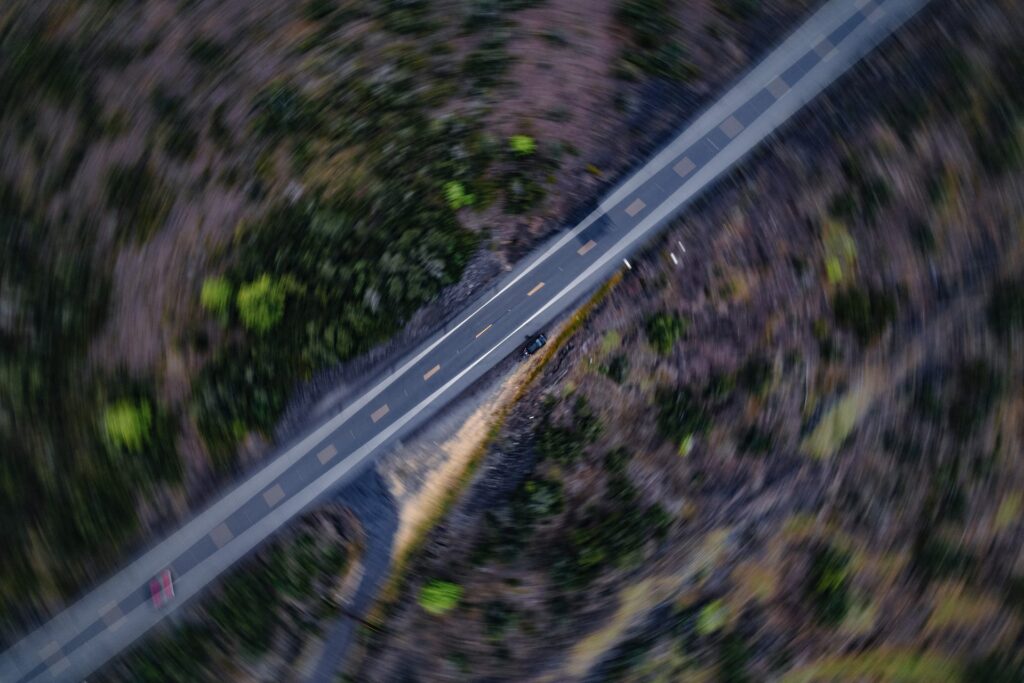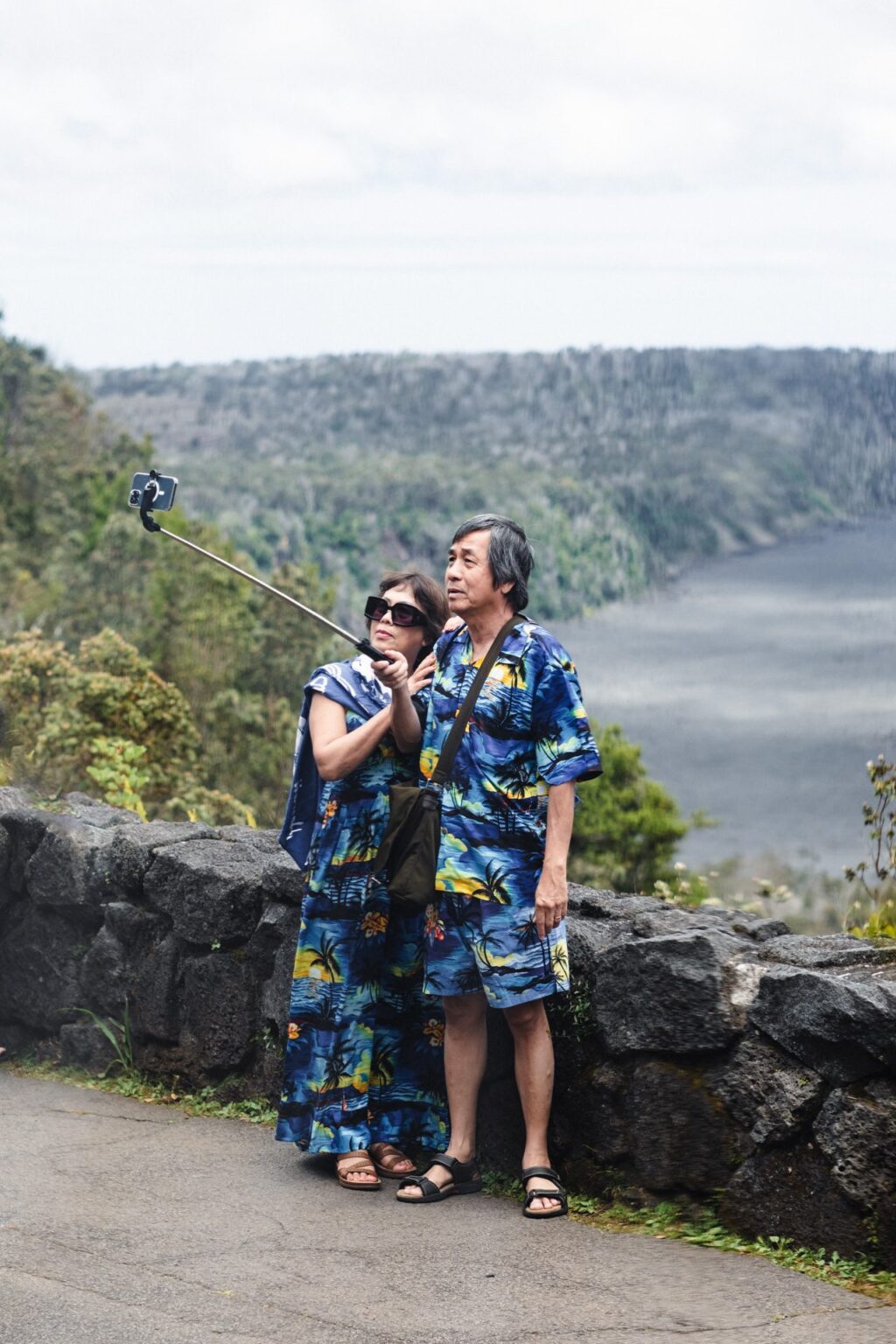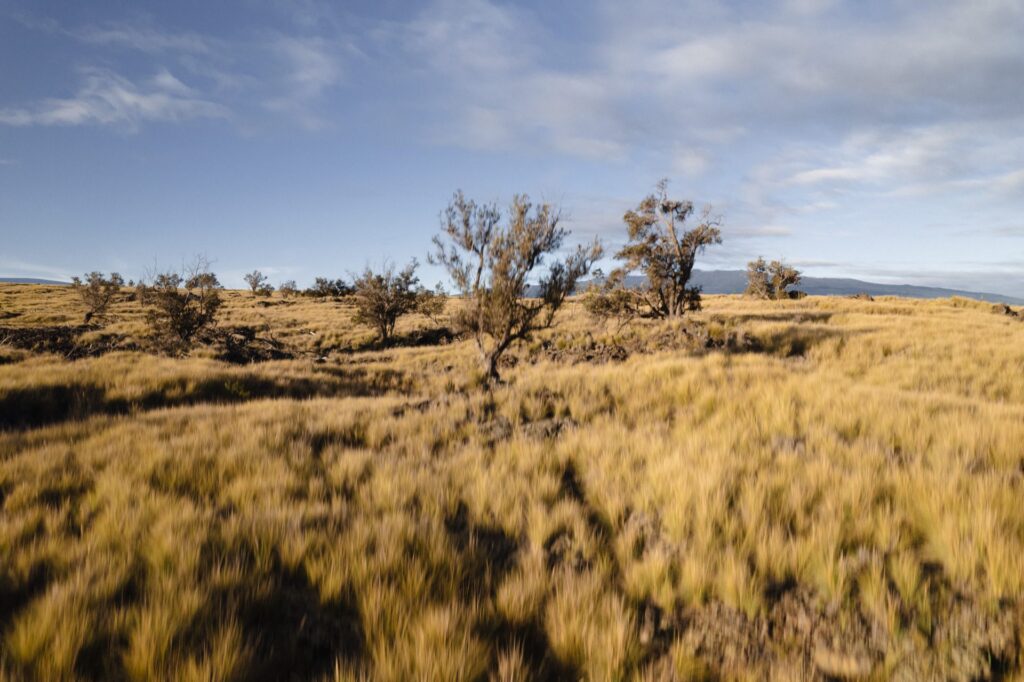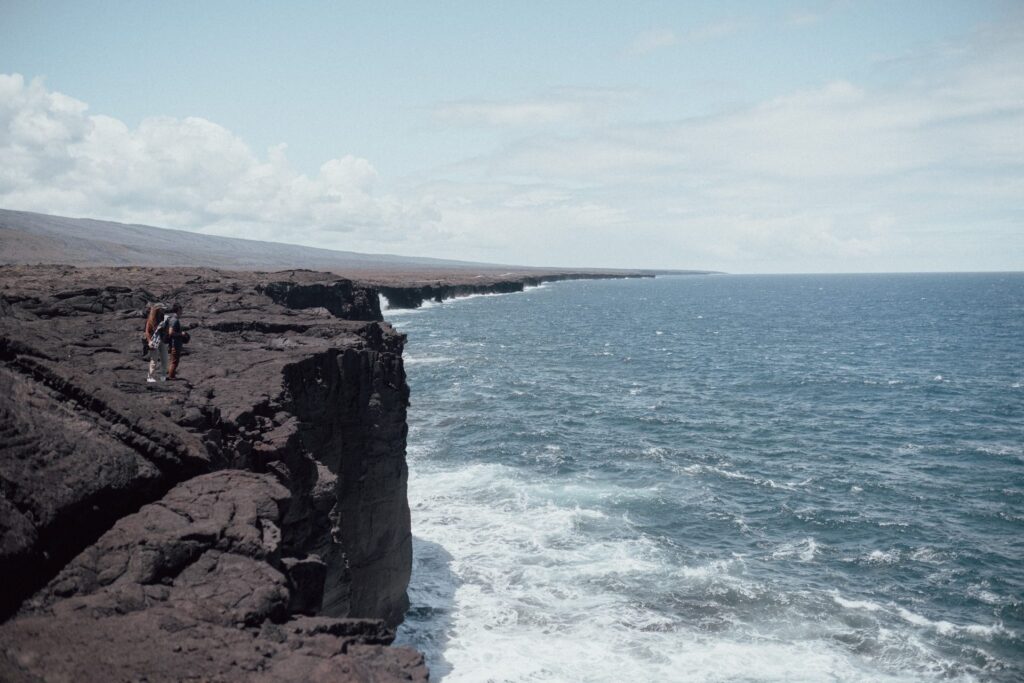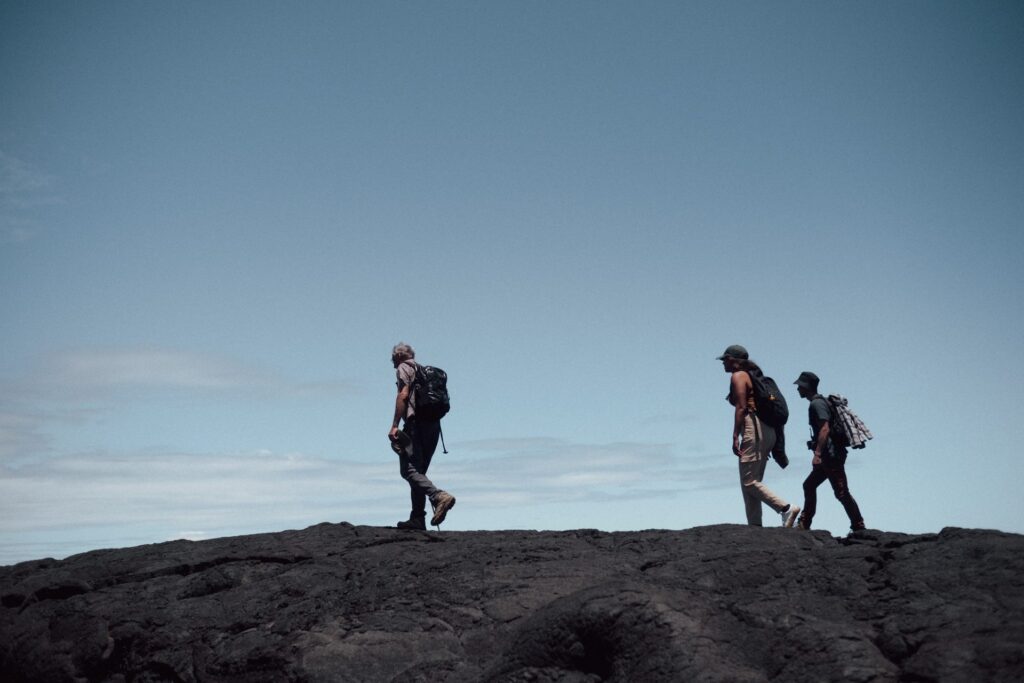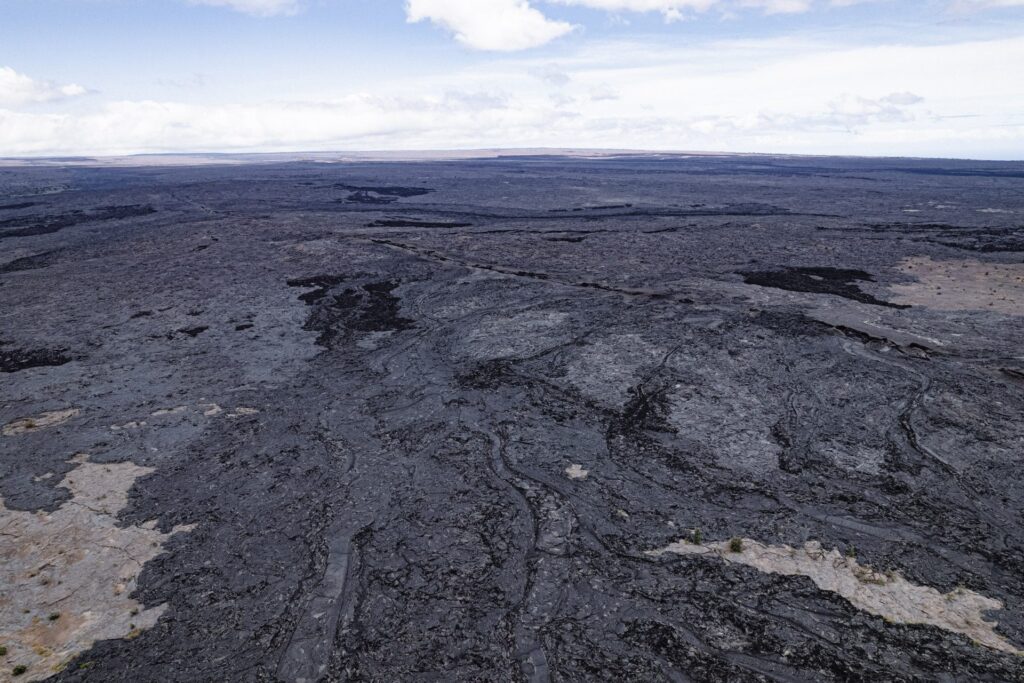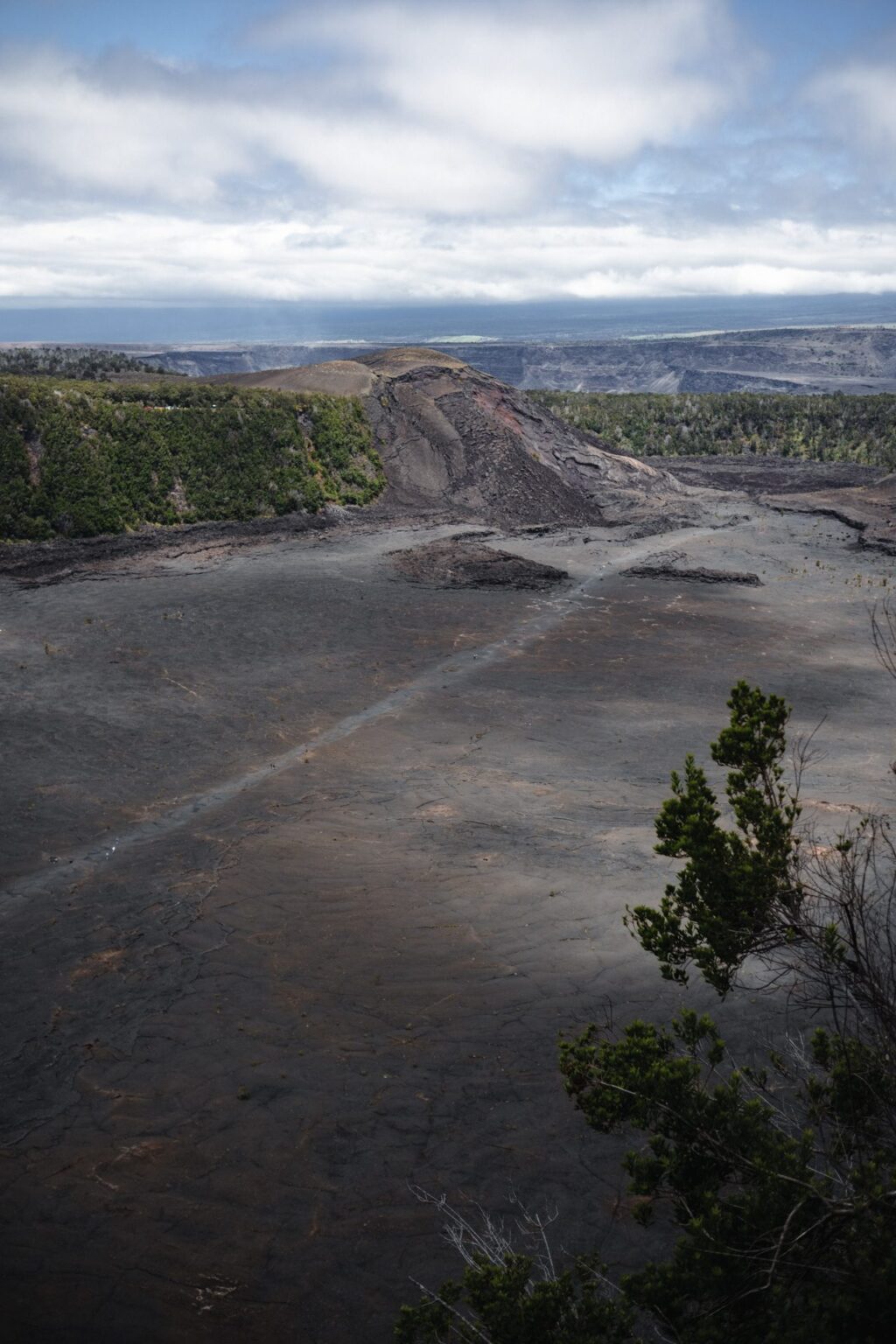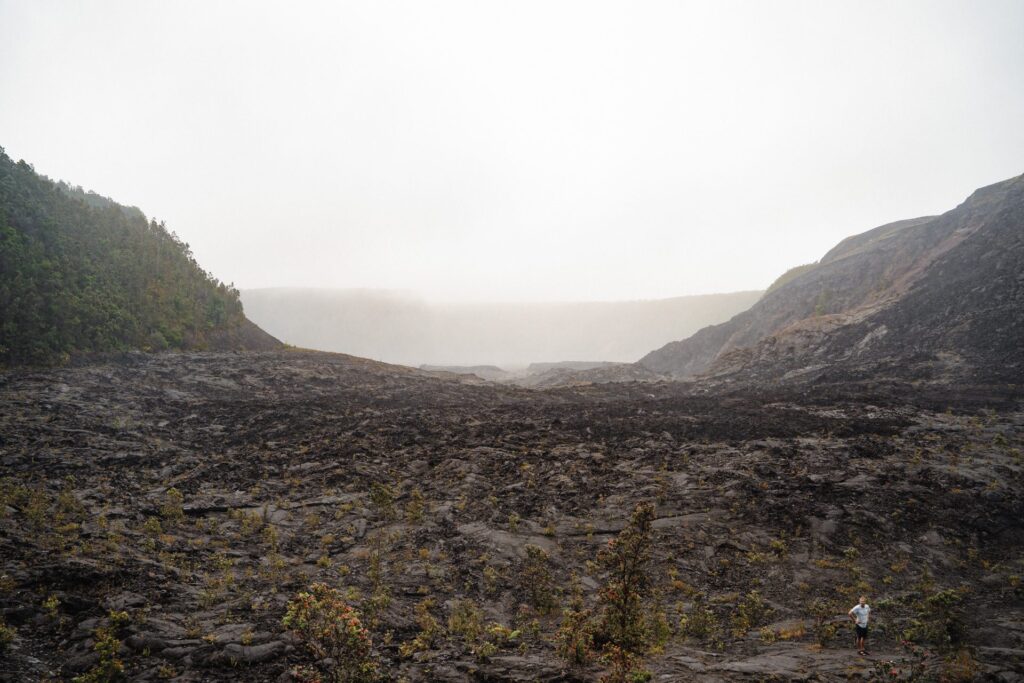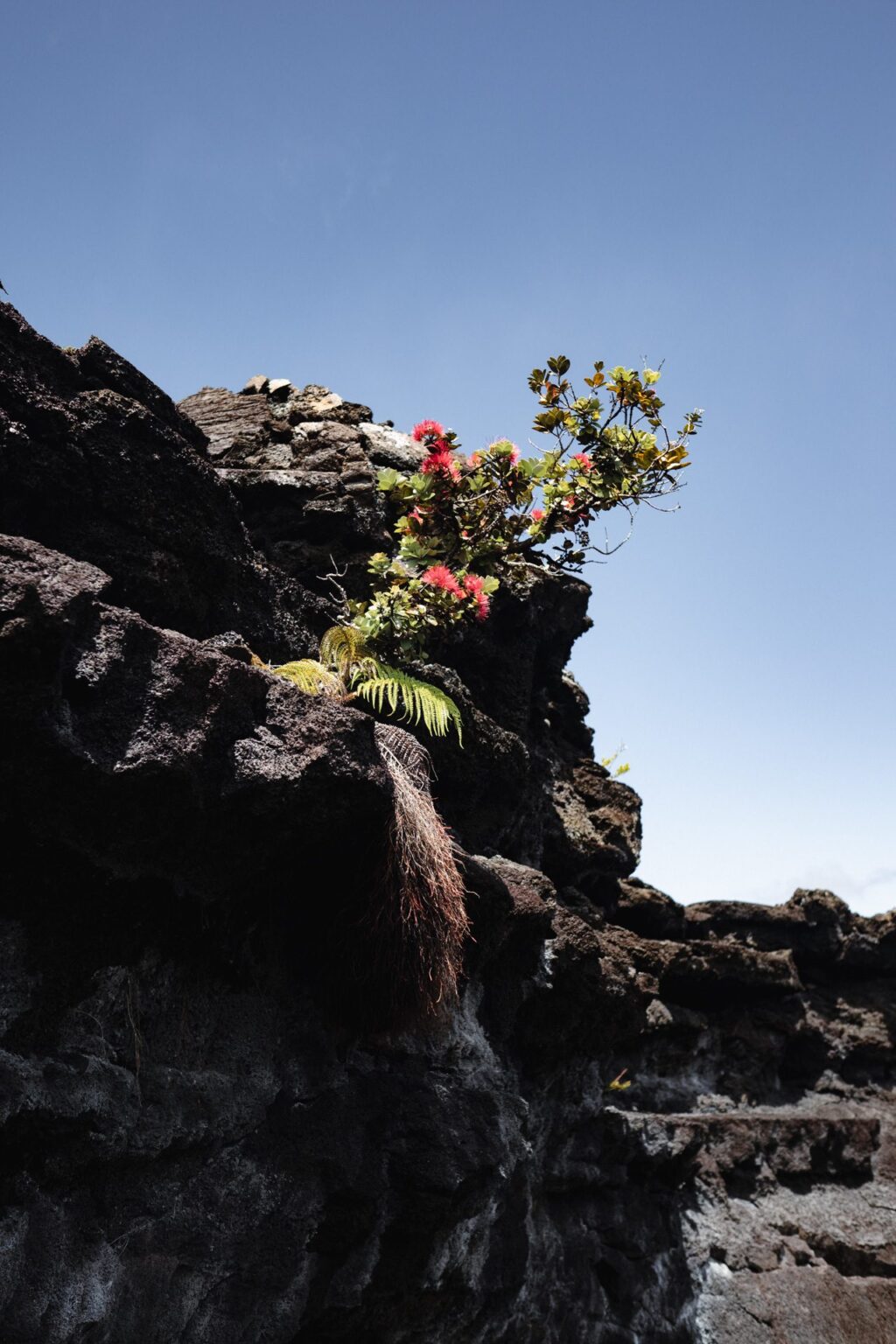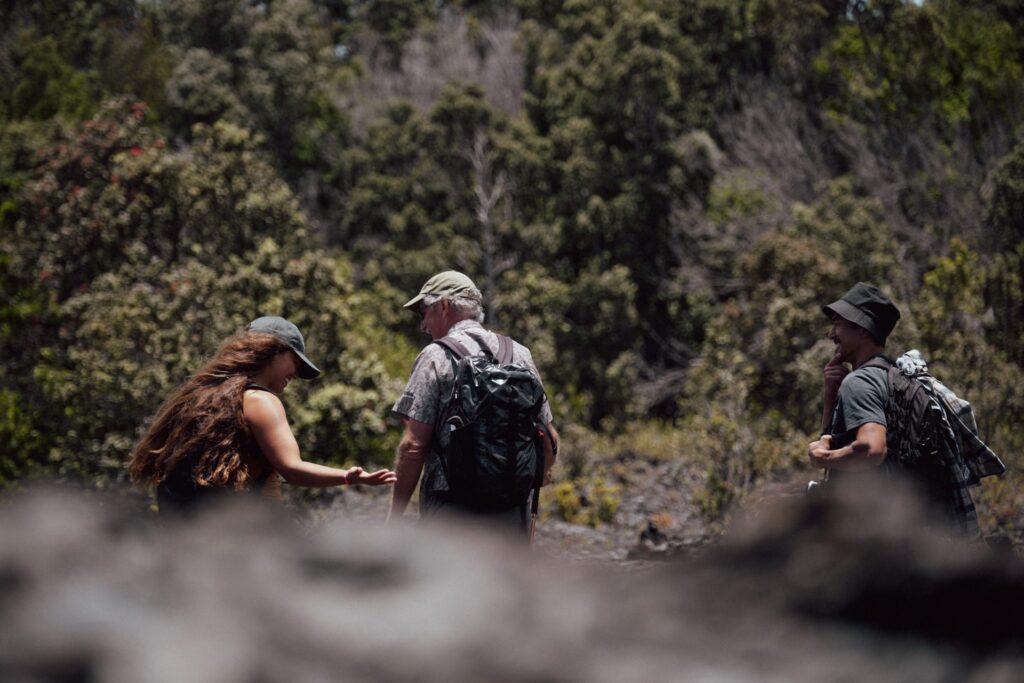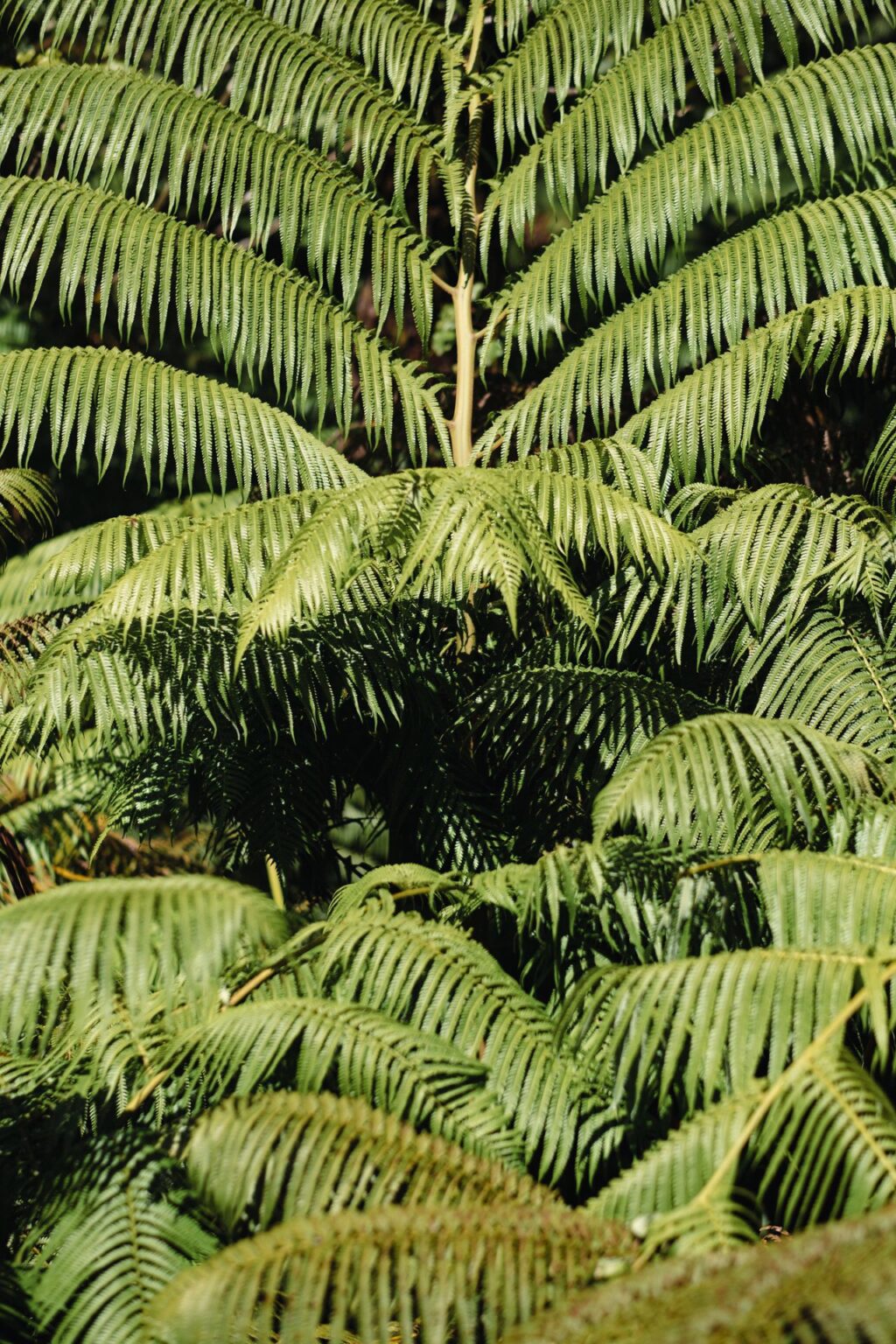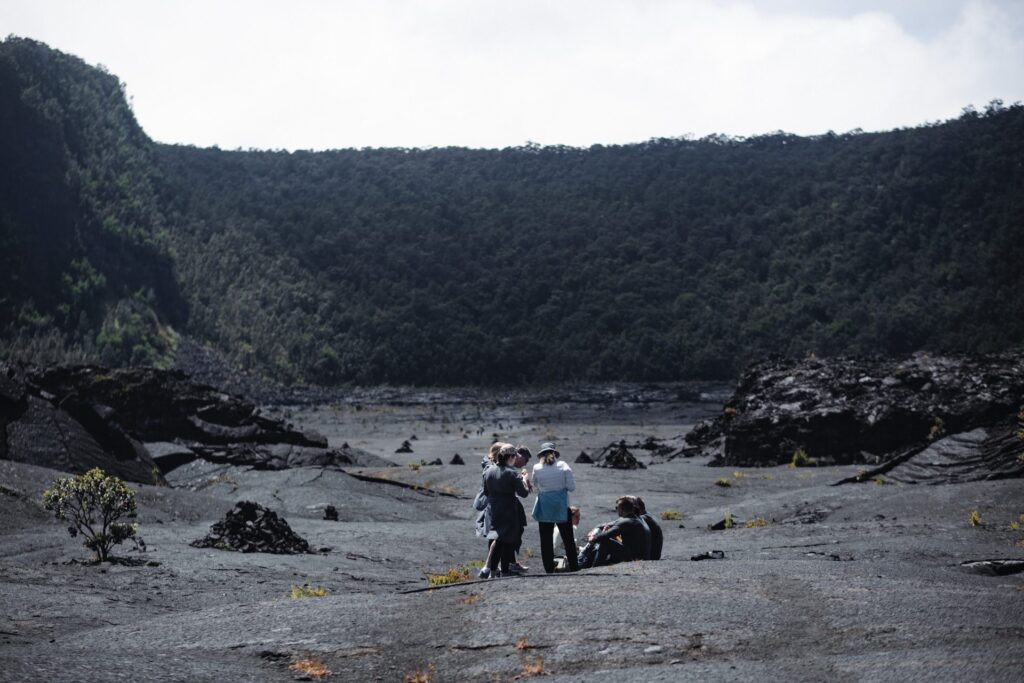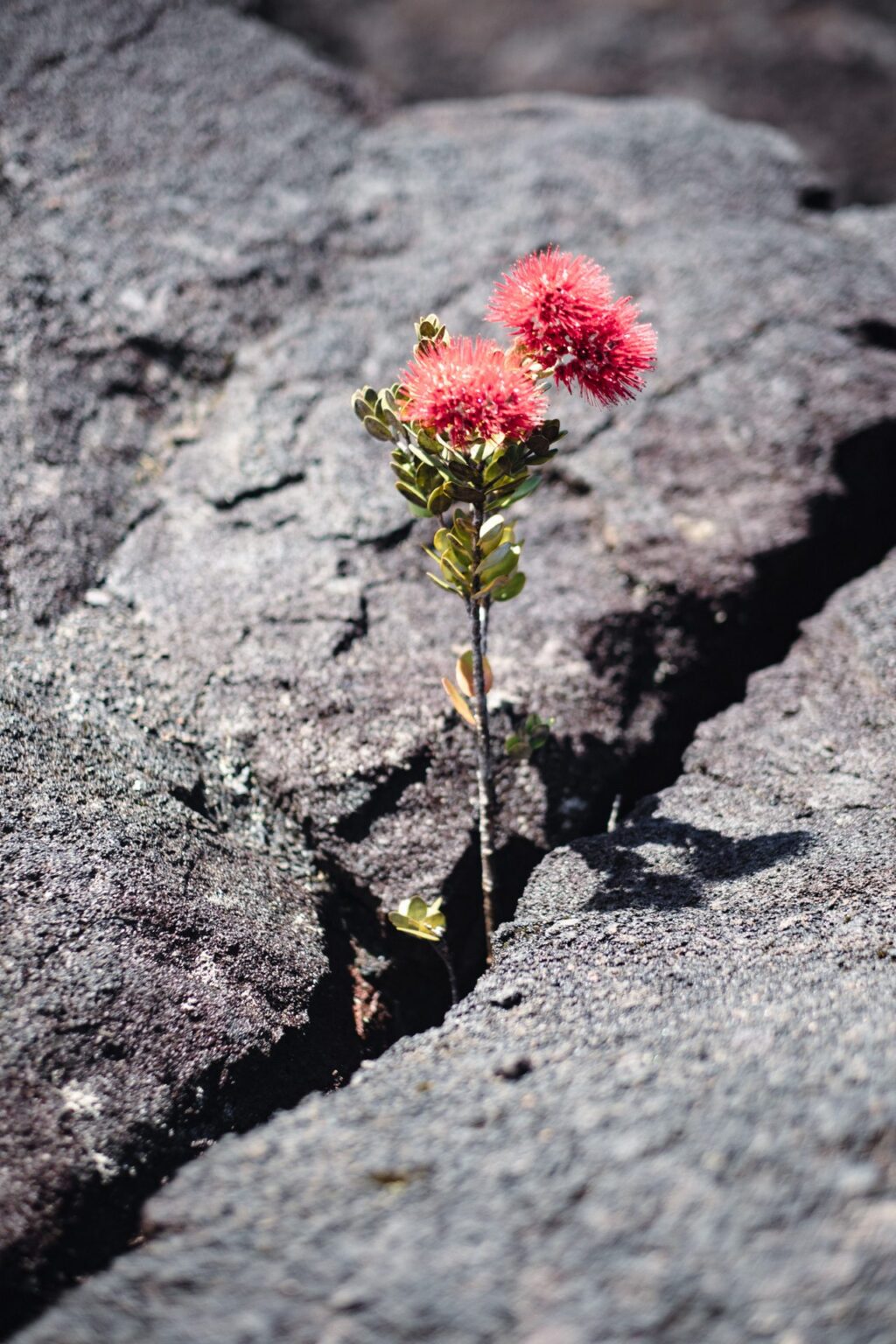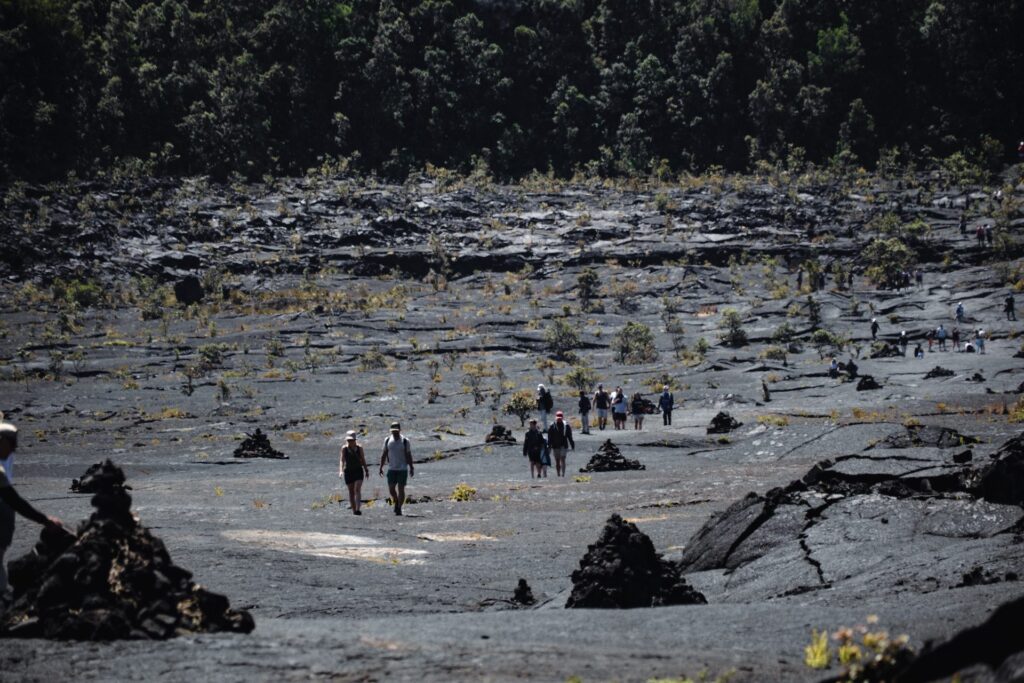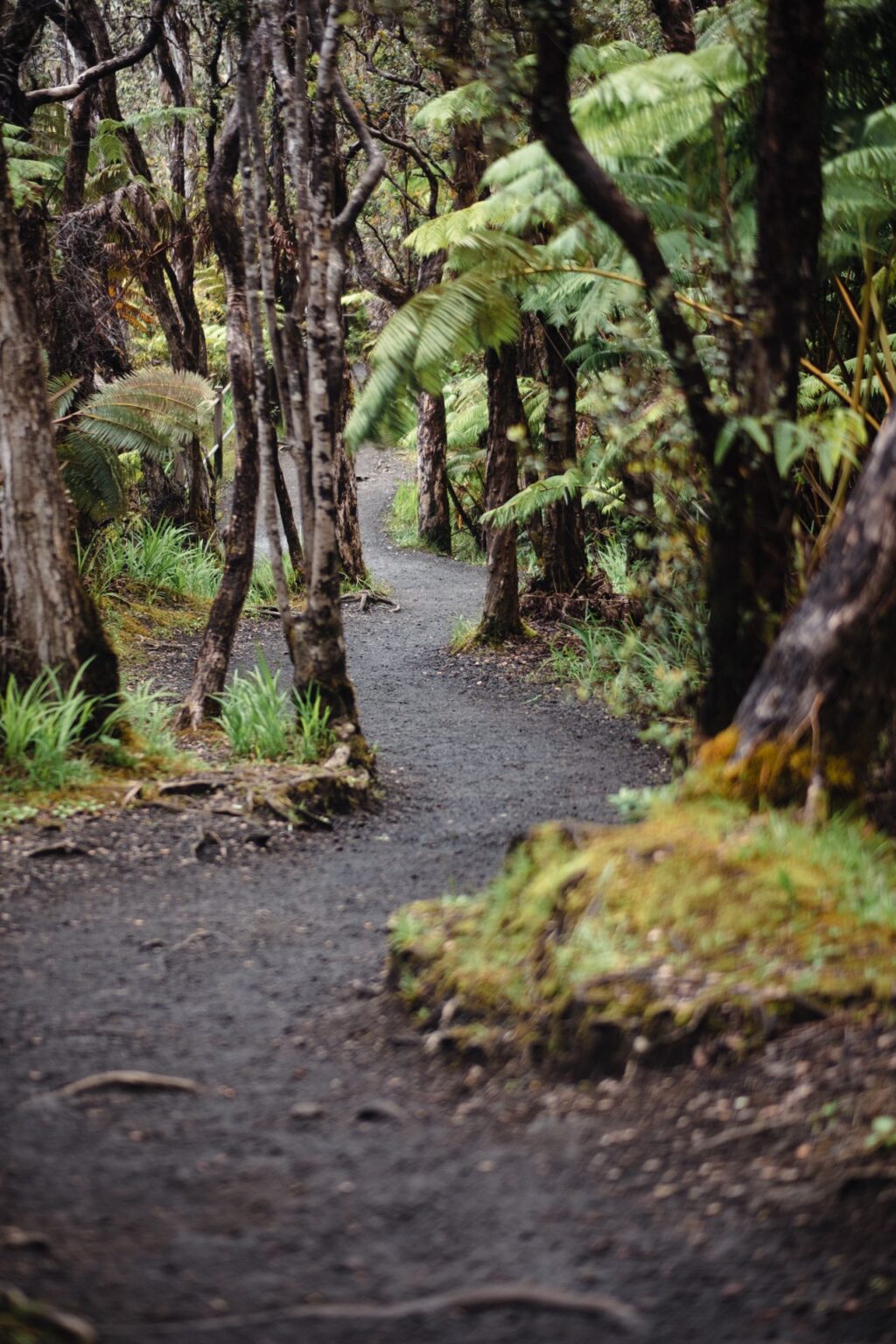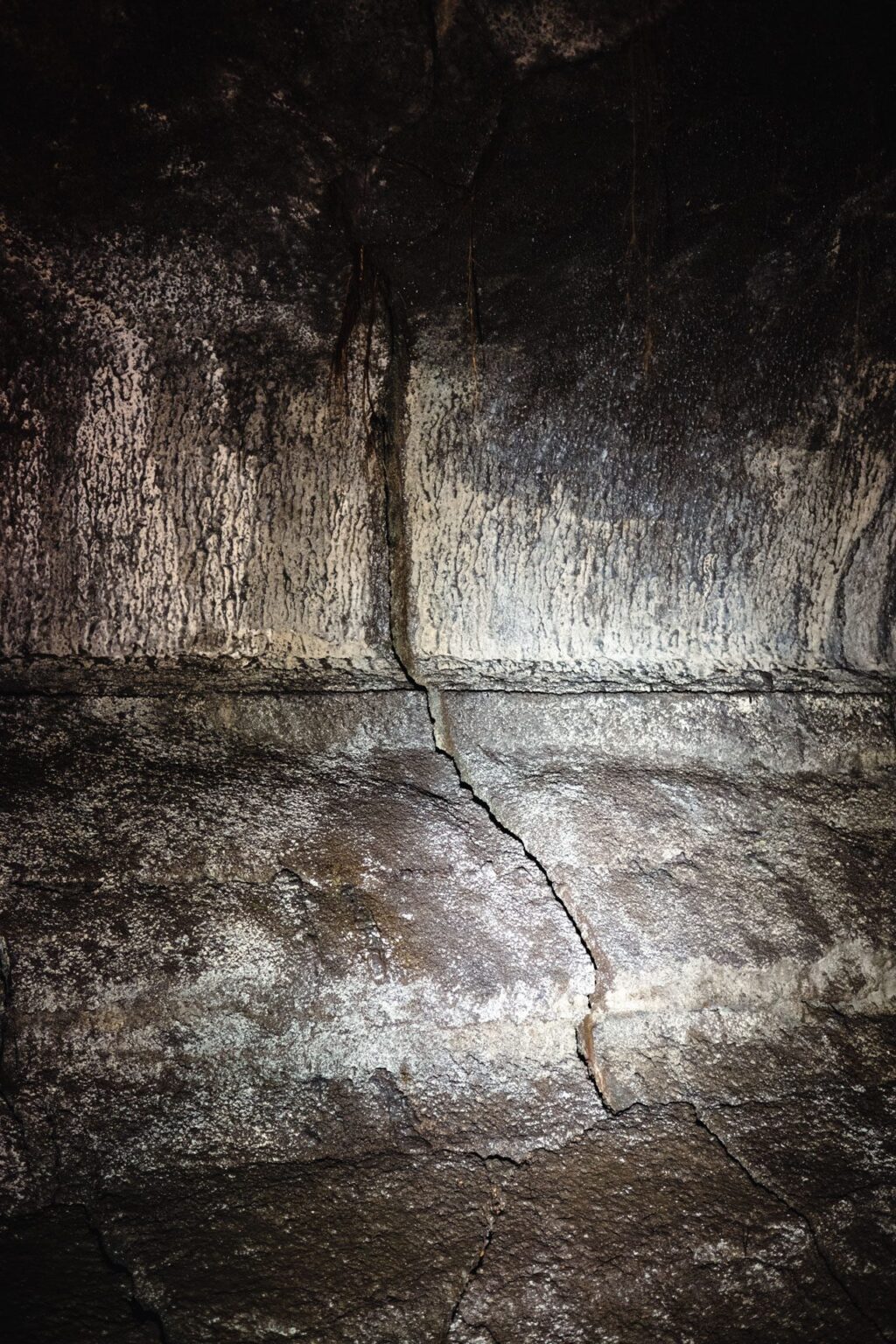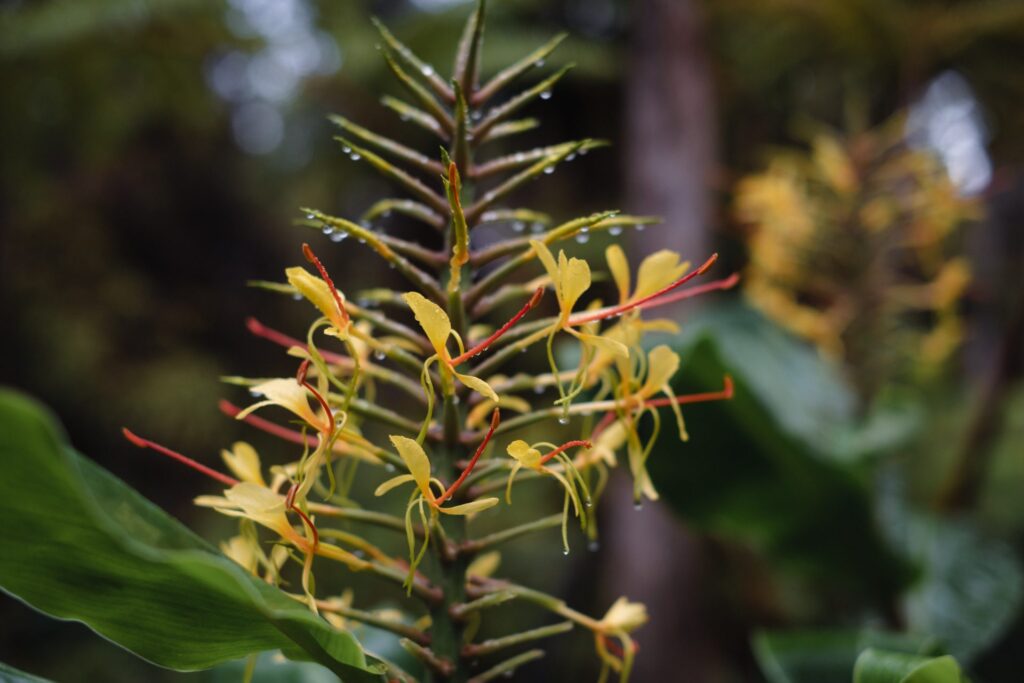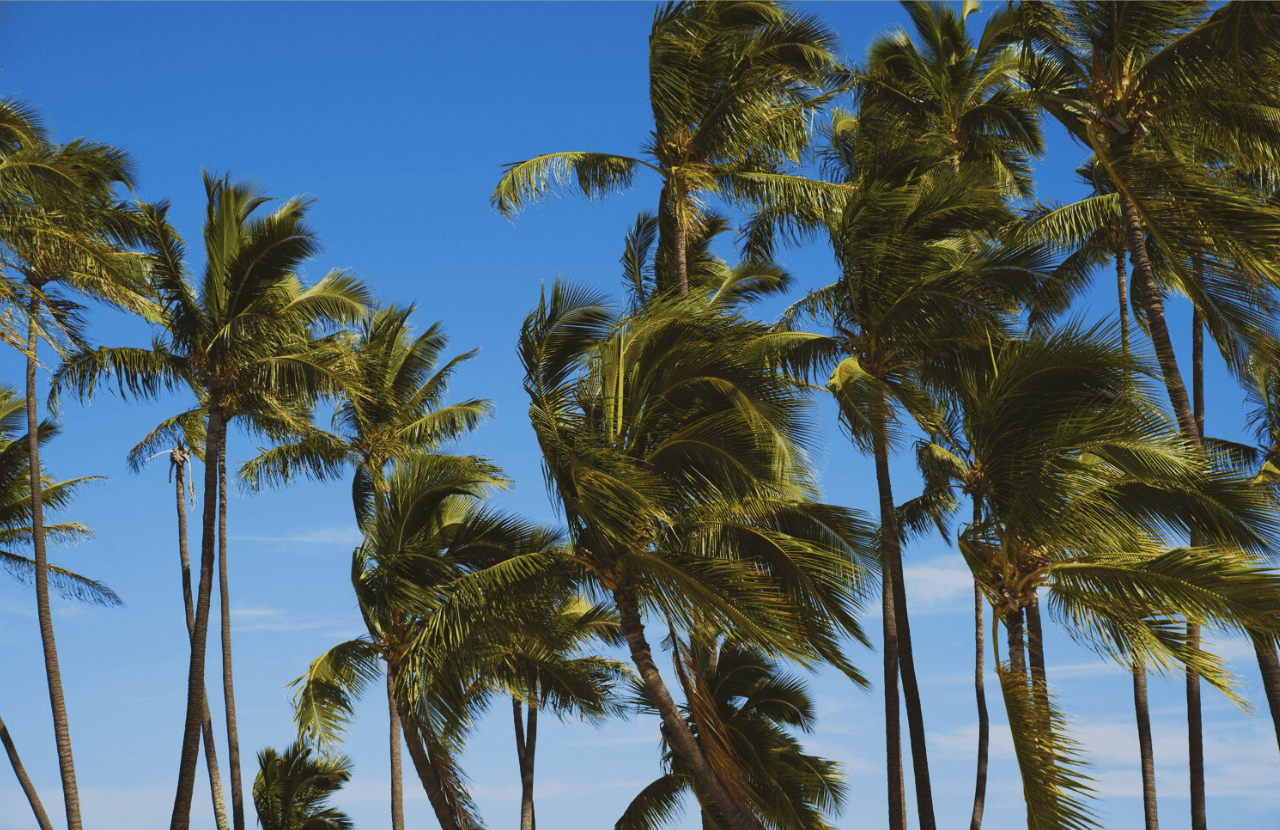A Traveler’s Guide to Hawai‘i Volcanoes National Park
Hawai‘i Volcanoes National Park is one of the most awe-inspiring destinations on the Big Island, offering travelers a chance to witness the raw power of nature. From active lava flows to ancient rainforests, it’s a must-see for anyone visiting Hawaii. If you’re based in Kailua-Kona, here’s everything you need to know to plan your journey to this iconic park.
Why Visit Hawai‘i Volcanoes National Park?
Spanning over 500 square miles, the park is home to Kīlauea, one of the world’s most active volcanoes, and Mauna Loa, the planet’s largest shield volcano. Visitors can explore otherworldly landscapes, walk through lava tubes, and learn about the profound cultural significance of these volcanoes to Native Hawaiians.
Getting There from Kailua-Kona
Distance & Drive Time:
The park is approximately 96 miles from Kailua-Kona, with a scenic drive that takes about 2–2.5 hours, depending on stops.
Route:
Take Highway 11 south from Kona. This route winds through coffee farms, small towns, and along stretches of dramatic coastline.
Interesting Stops Along the Way:
Punalu‘u Black Sand Beach: Perfect for spotting sea turtles and snapping photos of the striking black sand.
Punalu‘u Bake Shop: Hawaii’s southernmost bakery, offering delicious malasadas and sweet bread.
Ka Lae (South Point): The southernmost point in the United States, where ancient Hawaiian fishing spots meet breathtaking ocean views. This windy, rugged area is worth a quick detour to take in the dramatic cliffs and open ocean.
Park Logistics & Costs
Entrance Fee:
$30 per vehicle, valid for seven days. If you’re visiting other national parks in Hawaii, consider an America the Beautiful Pass for $80, which grants access to parks nationwide.
Operating Hours:
The park is open 24/7, but visitor centers have specific hours:
Kīlauea Visitor Center: 9:00 AM–5:00 PM daily.
Jaggar Museum: Currently closed, but the overlook remains a key attraction.
Parking:
Ample parking is available at key spots like the visitor center and popular trailheads, but lots can fill up during peak times.
Top Trails & Must-See Spots in the Park
Crater Rim Trail
Distance: Varies; explore sections to see Kīlauea’s caldera and steam vents.
Highlights: Stunning views, easy access to points like Steam Vents and Sulphur Banks.
Devastation Trail
Distance: 1 mile round trip.
Highlights: Walk through a stark landscape shaped by Kīlauea’s 1959 eruption.
Thurston Lava Tube (Nāhuku)
Distance: 0.5 miles round trip.
Highlights: A short hike through a lush forest leads to an illuminated lava tube you can walk through.
Kīlauea Iki Trail
Distance: 4 miles round trip.
Highlights: Descend into a crater where lava once boiled. This moderate hike offers sweeping views and up-close encounters with hardened lava formations.
Mauna Ulu
Distance: 2.5 miles round trip.
Highlights: Trek across a lava field to the site of a historic eruption.
When to Visit the Park
Best Time of Day:
Arrive early in the morning or late in the afternoon to avoid crowds and enjoy cooler temperatures. Sunset is particularly magical at overlooks like Kīlauea Overlook, where you might see a glow from the lava.
Best Time of Year:
The park is open year-round, but the dry season (April–October) generally offers better weather for hiking and exploring.
What to Pack
Clothing:
Layers: Weather can change quickly, especially at higher elevations.
Comfortable shoes: Trails range from smooth paths to rugged lava fields.
Essentials:
Water and snacks: Limited options within the park.
Flashlight or headlamp: Handy for exploring the lava tube or staying after sunset.
Sunscreen and a hat: Even in cooler weather, UV rays are strong.
Extend the Adventure
Volcano Village:
Just outside the park, this quaint town offers art galleries, cafes, and local lodging. Volcano Garden Arts and Ola’a New Hawaiian Foods are worth a visit.
Hilo:
Consider looping back through Hilo to explore the island’s lush east side. Visit Rainbow Falls, Akaka Falls, and Hilo Farmers Market before returning to Kona.
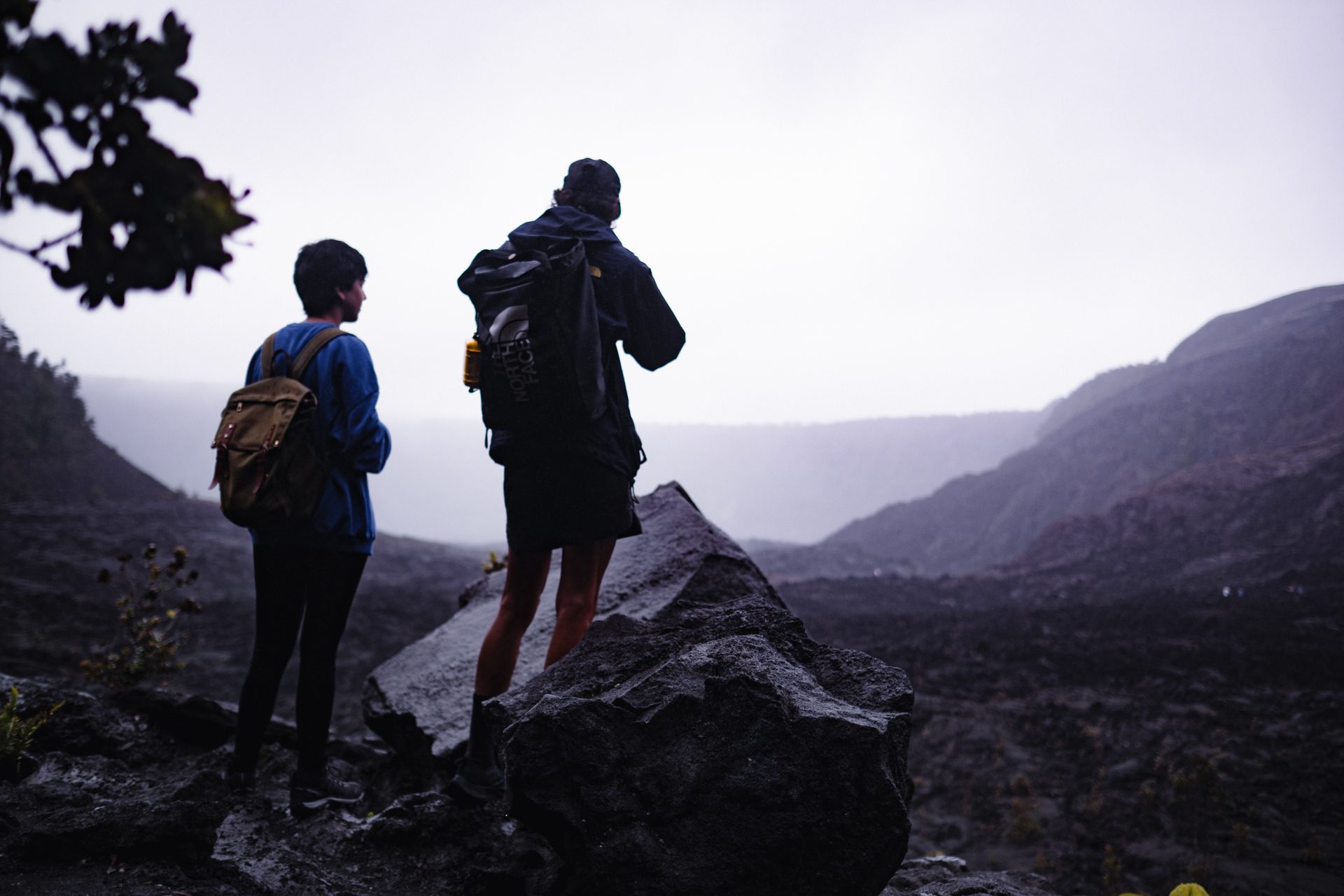
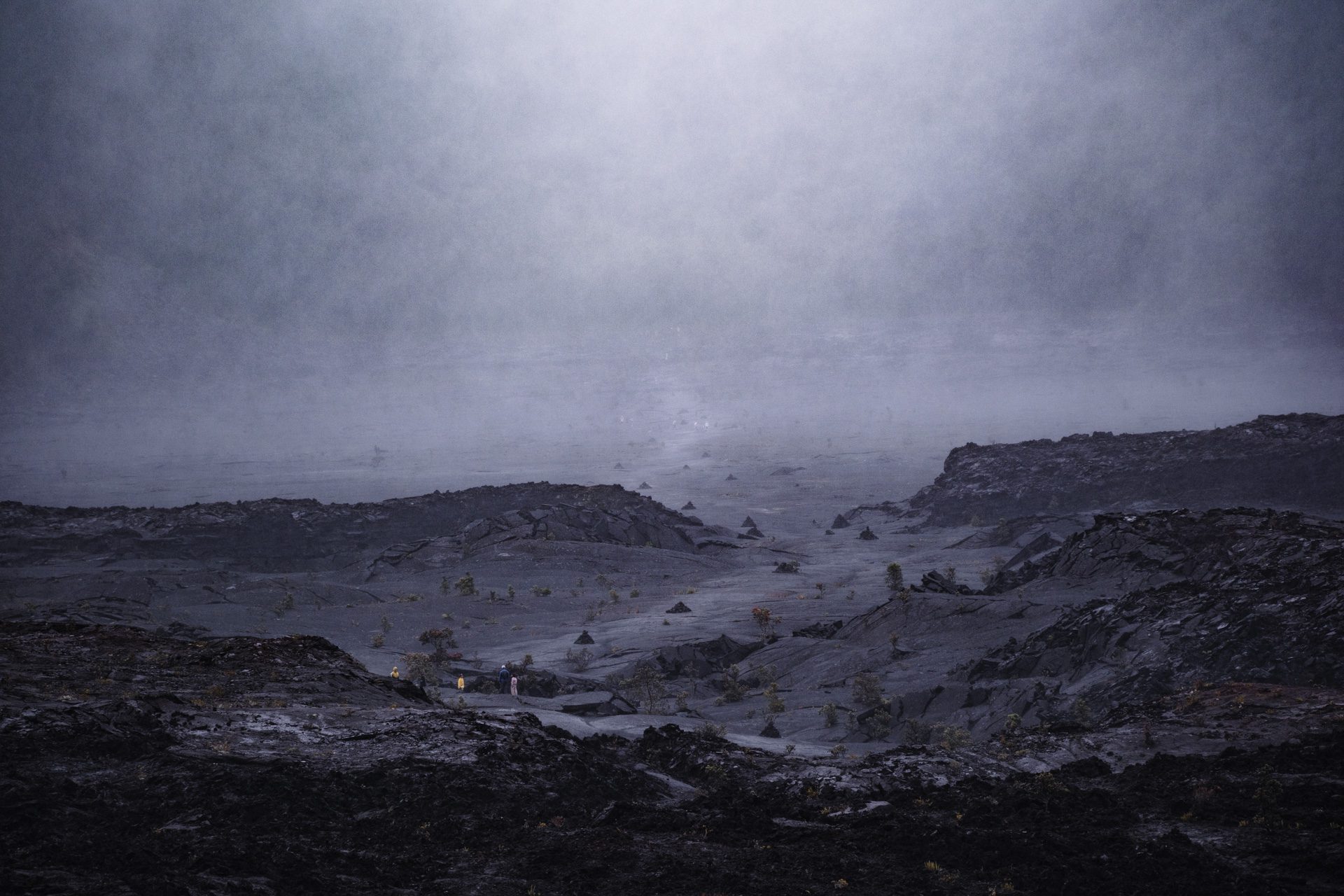
Why Hawai‘i Volcanoes National Park is Worth the Drive?
Few places on Earth offer such a profound sense of connection to the forces that shape our planet. Whether you’re tracing the steps of ancient lava flows or gazing into the depths of an active caldera, Hawai‘i Volcanoes National Park delivers a truly unforgettable experience.
So pack your essentials, hit the road, and let the Big Island’s fiery heart leave an indelible mark on your adventure.
Cultural and Historical Significance
Hawai‘i Volcanoes National Park is not only a geological marvel but also a place of deep cultural importance to Native Hawaiians. The volcanoes Kīlauea and Mauna Loa are considered sacred, embodying the goddess Pele, the deity of fire and creation. Pele’s energy is said to shape the land, and many visitors feel a deep spiritual connection when visiting the park.
The park is also home to ancient heiau (temples) and trails used by Native Hawaiians for centuries. One example is the Ala Kahakai National Historic Trail, which connects sacred sites along the coastline. Visitors are encouraged to approach these areas with respect, keeping in mind their historical and cultural significance.
The park was established in 1916, making it one of the first national parks in the United States and the first in Hawaii. Over the years, it has preserved not only the island’s unique volcanic features but also its native ecosystems and cultural heritage.
Guided Tours for an Enriched Experience
While Hawai‘i Volcanoes National Park can be explored independently, a guided tour adds depth and ease to your visit. Expert guides provide insight into the park’s geology, ecology, and cultural significance, taking the guesswork out of planning.
Hawaii Forest & Trail: Volcano Unveiled Tour
This all-day guided experience offers a comprehensive look at the park and its surroundings. Highlights include:
- Visits to Kīlauea Caldera and the Thurston Lava Tube.
- Stops at unique volcanic landscapes and rainforest trails.
- Expert narration blending geology, history, and Hawaiian culture.
- Luxury transportation and provided meals for a hassle-free adventure.
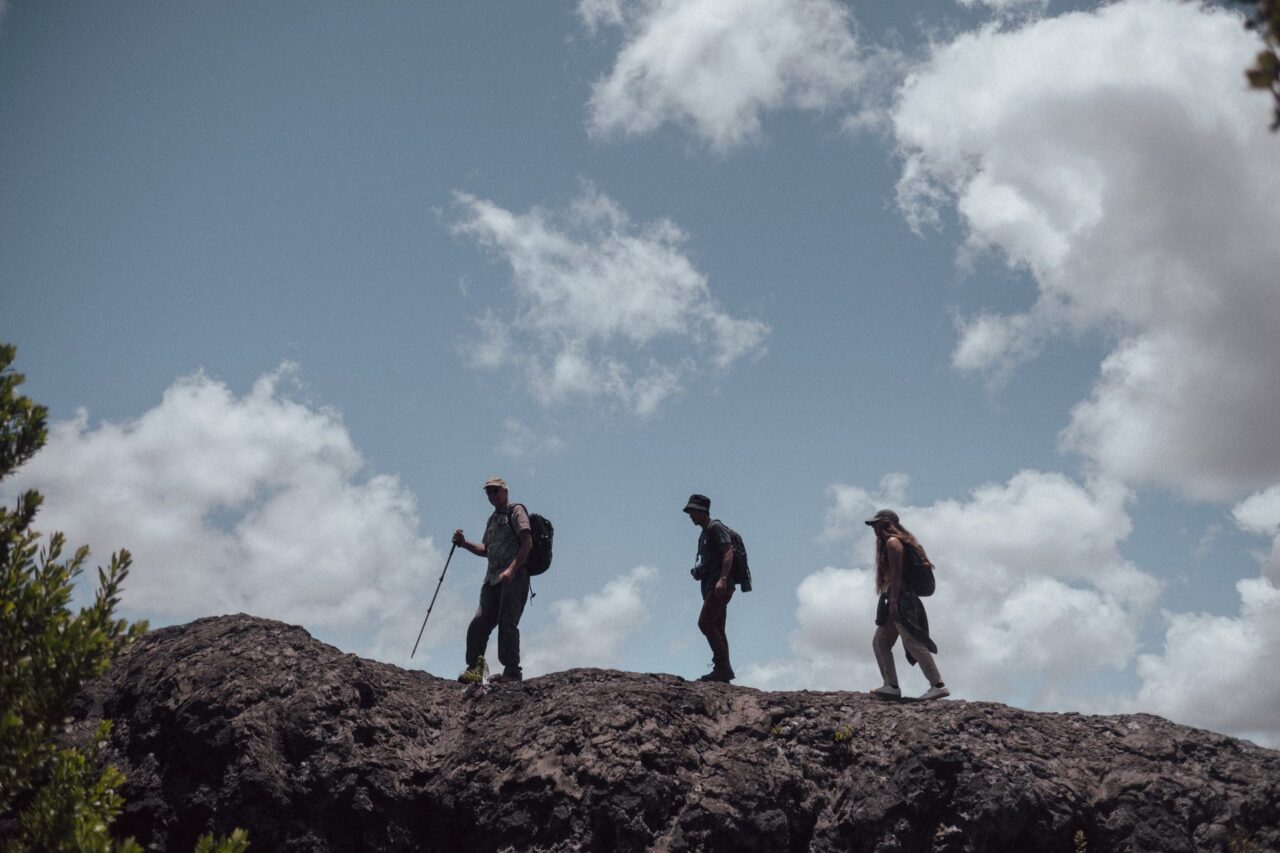
Book Now: Pacific 19 makes it easy to reserve this unforgettable experience. Check out the Volcano Unveiled Tour on our booking page: Pacific 19 Experiences.
A guided tour is a perfect option for travelers who want to make the most of their time at the park while gaining a deeper understanding of its significance.
Suggested Hotel: Pacific 19 Kona, Your Ideal Basecamp.
Hawai‘i Volcanoes National Park is just a 2 hour drive from PACIFIC 19 Kona, making it a very doable day trip. You can start your morning exploring lava tubes and volcanic craters at the park, and be back in time to catch a sunset on Kailua Bay.
Located on iconic Ali‘i Drive, Pacific 19 is a boutique hotel designed for travelers who want to explore Hawaii Island. With stylish rooms, complimentary morning coffee, beach cruisers, and more at a great location near Kona’s best beaches and dining, it’s the ultimate basecamp for your Big Island adventure.
📍 Book your stay now: Pacific 19
